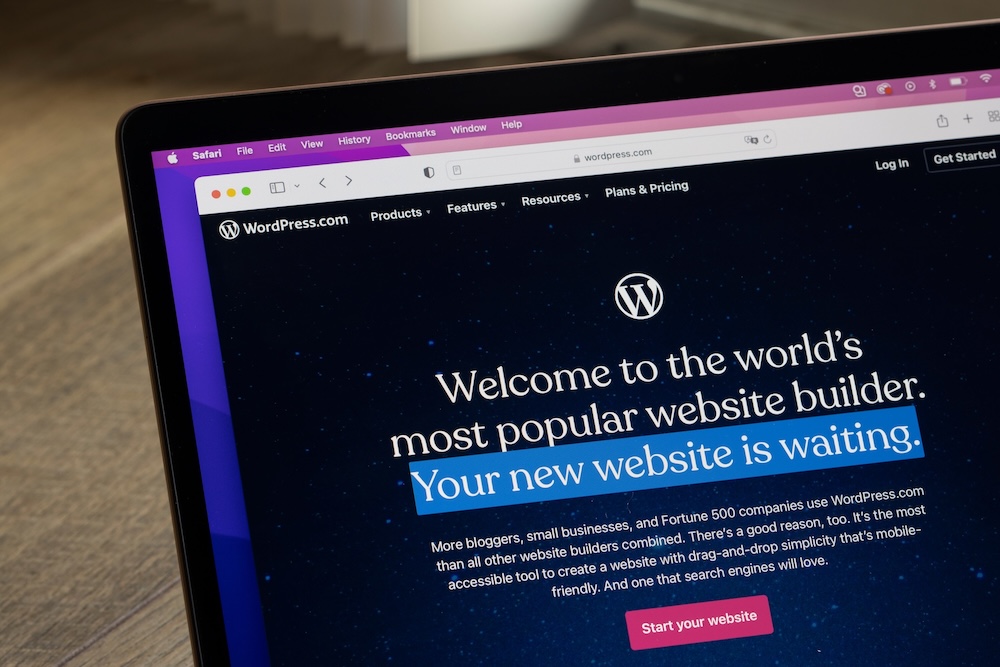Measuring the ROI of Your Website: Metrics Business Owners Should Actually Care About
Your website is an investment — but how do you know if it’s working? Here’s how to measure return on investment in a way that makes sense for your business.
More Than Just a Digital Presence
It’s easy to think of a website as something you simply “have” — a tick-box in the modern business world. But when approached strategically, your website can be a major driver of visibility, leads, and revenue.
Understanding how your website contributes to your bottom line doesn’t require complicated analytics tools or deep technical knowledge. It just requires asking the right questions — and knowing which metrics truly matter.
What Does “ROI” Mean for a Website?
ROI (return on investment) is about comparing what you put into your website — time, money, effort — with what you’re getting back in terms of results.
But the “return” can look different depending on your business goals. For some, it might be an increase in qualified leads. For others, it might be more online bookings, better brand awareness, or improved customer service.
Metrics That Actually Matter
1. Conversion Rate
Are your visitors doing what you want them to do?
Whether it’s filling out a contact form, booking a call, or downloading a guide, your conversion rate tells you how effectively your site is turning interest into action.
Tip: If your site gets good traffic but low conversions, it might be time to review your layout, messaging or calls to action.
2. Cost per Acquisition (CPA)
How much does it cost (in time, money, or ad spend) to get a new enquiry or customer via your website?
If you’re running marketing campaigns, your website plays a huge role in supporting — or hindering — those efforts. A high-performing site lowers your CPA by converting more visitors.
3. Traffic Quality (Not Just Quantity)
It’s tempting to chase high visitor numbers — but quality is far more valuable. Are your site visitors the right people? Do they stick around? Are they returning?
Look at metrics like:
-
Bounce rate (how quickly people leave your site)
-
Average time on page
-
Pages per session
These indicate whether people are finding your site useful and engaging.
4. Lead Quality & Lifetime Value
A steady flow of new leads is great — but not if they’re all the wrong fit.
Review the types of enquiries you’re getting. Are they aligned with your ideal client? Do they lead to valuable work?
Sometimes, improving your messaging or refining your calls to action can help attract more of the right people.
5. Time Saved & Operational Efficiency
This one is often overlooked.
If your website helps customers self-serve — for example, by answering FAQs, allowing online bookings, or providing downloadable resources — it saves your team time. That’s value, too.
Putting It All Together
You don’t need to track everything to get a sense of your website’s ROI. Choose a few key indicators based on your goals, and review them regularly. Even a basic monthly check-in can help you spot trends and make informed decisions.
If You’re Not Seeing the Return You’d Hoped For…
Don’t worry — that’s incredibly common. Often, small adjustments can lead to noticeable improvements: refining the homepage layout, tweaking button text, or improving mobile performance, for example.
Working with a digital partner can also help interpret the data and recommend practical next steps — whether that’s a quick win or a longer-term strategy.
Your Website Is More Than a Cost — It’s an Asset
When it’s built with purpose and reviewed with intent, your website becomes more than an online brochure — it becomes a real asset to your business. Measuring ROI helps you understand what’s working, what could be better, and where to focus next.
If you would like to receive our new posts automatically via email, please fill in the details below





